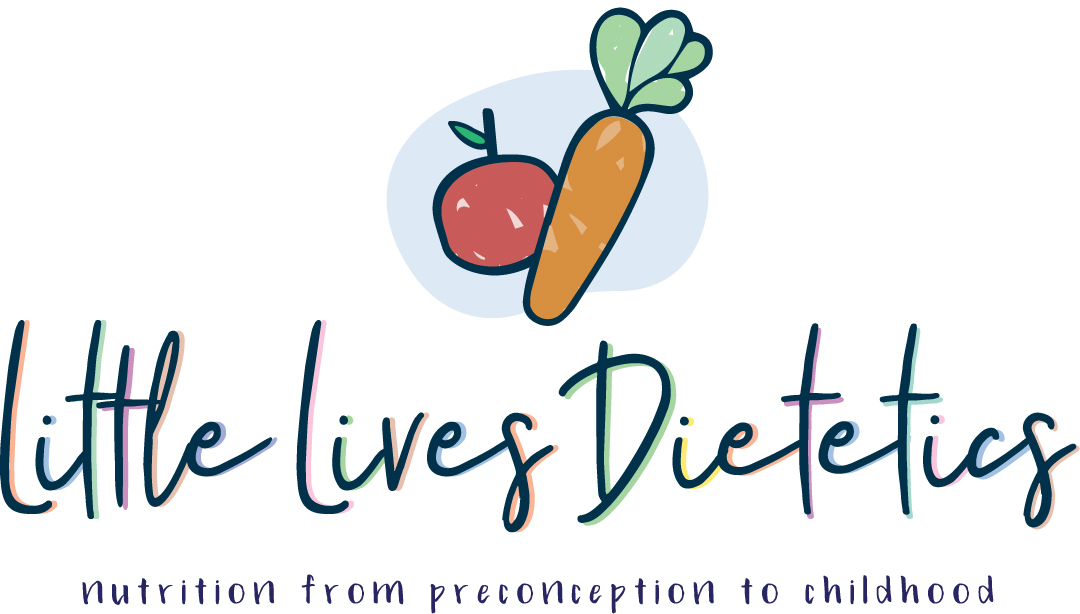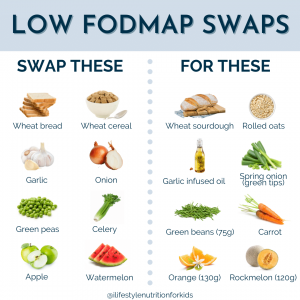
5 Tips for Getting Started on the Low FODMAP Diet
Whether you are commencing the low FODMAP diet for your child or yourself it can be extremely overwhelming getting started. Often it can seem like all the foods your child or you or your child enjoy eating are suddenly off limits. For parents in particular it can be even more difficult if your child is a fussy eater. However with the right support and resources it can help remove the stress and overwhelm of getting started. Below are some tips to help get you started.
1. Ensure the low FODMAP diet is suitable for you or your child
The first step before starting the low FODMAP diet is to consult with your or your child’s doctor if you have not done so already to get an accurate IBS diagnosis. It is really important that underlying conditions such as coeliac disease and inflammatory bowel disease are ruled out. It is also important that teens and women are screened for endometriosis.
Once all underlying conditions have been ruled out it is important to implement first line strategies before commencing a low FODMAP diet. First line strategies include ensuring a regular eating pattern, avoiding large meals, ensuring adequate fibre and fluids, avoiding excessive fruit consumption, limiting gut irritants (e.g. fatty foods, spicy foods, caffeine, fizzy drinks and alcohol), including physical activity and stress management techniques.
It is also important to note that the low FODMAP diet is contraindicated in individuals with disordered eating or eating disorders or those at risk or currently malnourished. For these individuals other IBS management strategies are recommended. Careful consideration is also needed in children with a simplified approach recommended by Monash University.
2. Book in with a Monash University Accredited Low FODMAP Dietitian
Monash University recommend that the Low FODMAP diet be conducted under the guidance of an experienced low FODMAP trained dietitian. For children ensure you choose a paediatric qualified dietitian, like myself! A dietitian will be able to help identify the main sources of FODMAPs in your or your child’s diet and personalise the diet helping to minimise unnecessary dietary restrictions. A dietitian can also provide guidance on meeting nutritional requirements, support with meal planning, troubleshooting if you are not getting relief on a low FODMAP diet and support with the reintroduction phase and long term dietary management.
3. Download the Monash University low FODMAP App
It is important when following the low FODMAP diet that you have reputable foods list. I highly recommend downloading the Monash University low FODMAP app to ensure you have up-to-date accurate food lists.
4. Swap current high FOMDAP foods with low FODMAP alternatives
One of the most helpful strategies when getting started is to write a list of regular foods and meals eaten and using the Monash app determine whether they are low FODMAP. If they are not low FODMAP work out what swaps need to be made, for instance swapping regular wheat bread for wheat sourdough (or other low FODMAP bread such as Baker’s Delight low FOD bread) or regular milk for lactose free milk. Below are some other handy swaps.
5. Create a weekly meal plan & shopping list
Once you have you completed your list of low FODMAP swaps create a weekly meal plan and get shopping. If you are struggling with meal inspiration check out Monash University and FODMAP Friendly for some more ideas. I also highly recommend FODSHOP for stocking up on your low FODMAP staples.
If you would like more support navigating the low FODMAP diet and identifying your child’s or your own food triggers book in a consultation HERE. If you are a parent make sure to join our Kids IBS & Low FODMAP Australia Facebook Support Group HERE.





